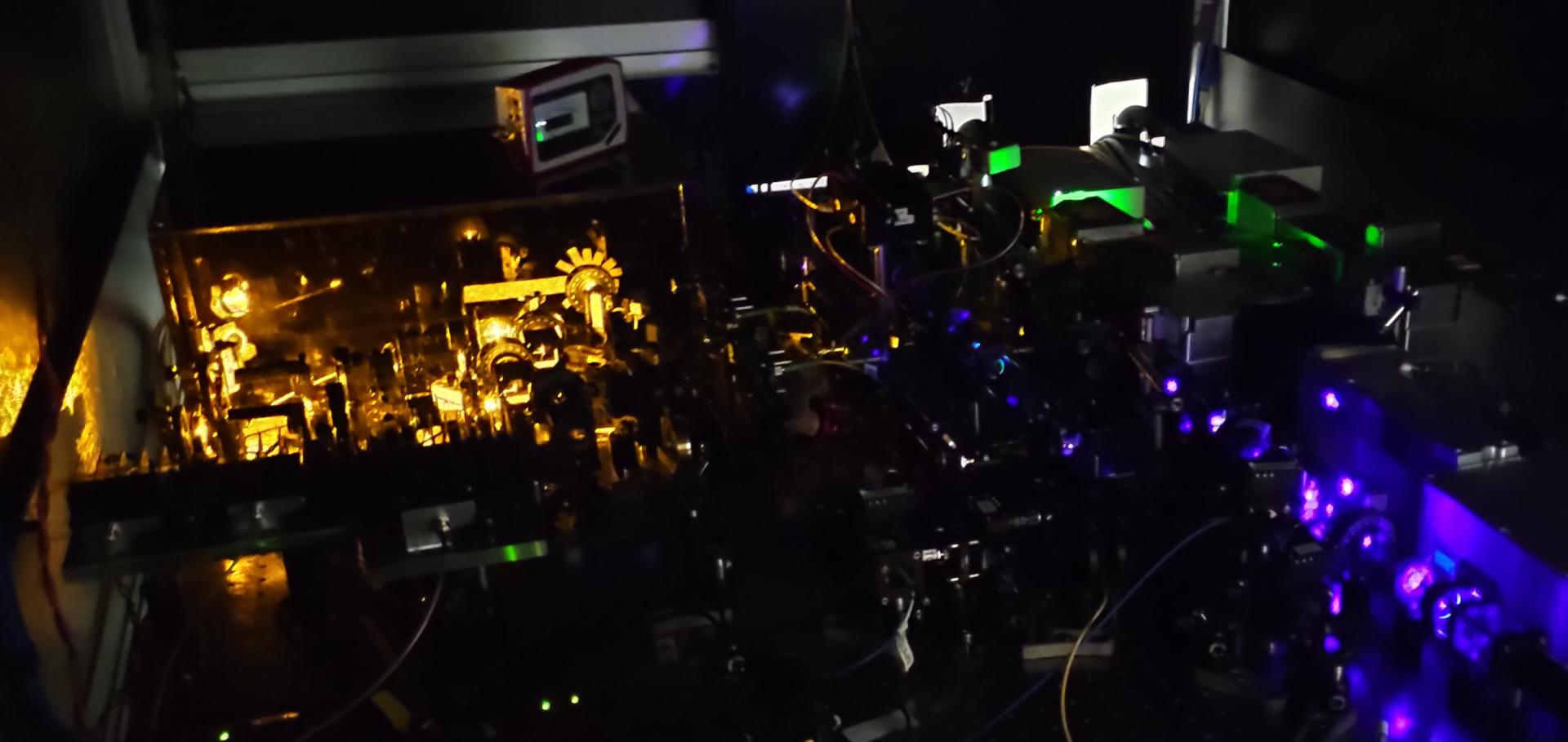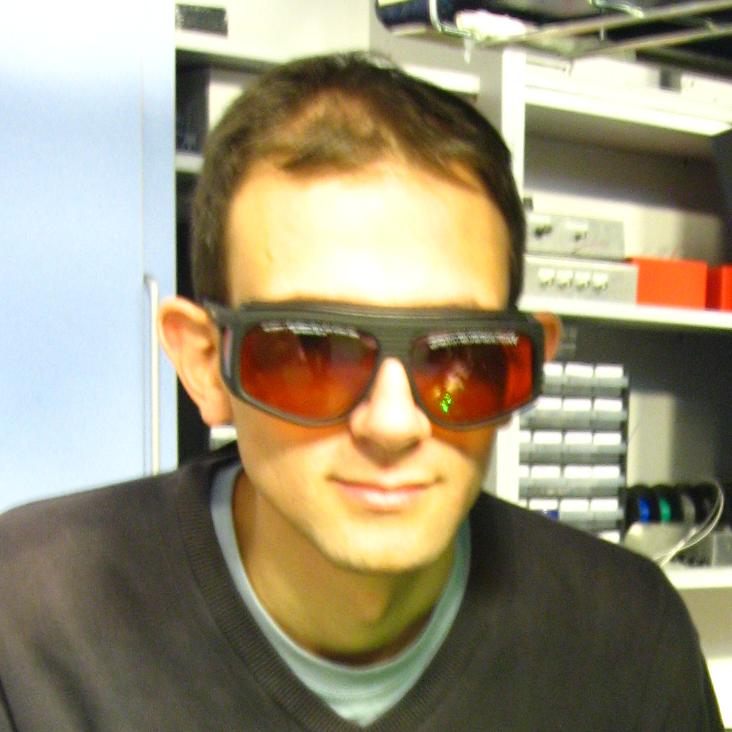Quasiparticle Energy in a Strongly Interacting Homogeneous Bose-Einstein Condensate.
Phys Rev Lett 118:21 (2017) 210401
Abstract:
Using two-photon Bragg spectroscopy, we study the energy of particlelike excitations in a strongly interacting homogeneous Bose-Einstein condensate, and observe dramatic deviations from Bogoliubov theory. In particular, at large scattering length a the shift of the excitation resonance from the free-particle energy changes sign from positive to negative. For an excitation with wave number q, this sign change occurs at a≈4/(πq), in agreement with the Feynman energy relation and the static structure factor expressed in terms of the two-body contact. For a≳3/q we also see a breakdown of this theory, and better agreement with calculations based on the Wilson operator product expansion. Neither theory explains our observations across all interaction regimes, inviting further theoretical efforts.Effects of interactions on Bose-Einstein condensation
Chapter in Universal Themes of Bose-Einstein Condensation, (2017) 99-116
Abstract:
Bose-Einstein condensation is a unique phase transition in that it is not driven by interparticle interactions, but can theoretically occur in an ideal gas, purely as a consequence of quantum statistics. This chapter addresses the question, 'How is this ideal Bose gas condensation modified in the presence of interactions between the particles?' This seemingly simple question turns out to be surprisingly difficult to answer. Here we outline the theoretical background to this question and discuss some recent measurements on ultracold atomic Bose gases that have sought to provide some answers.Quasiparticle energy in a strongly interacting homogeneous Bose-Einstein condensate
(2017)
Two- and three-body contacts in the unitary Bose gas.
Science (New York, N.Y.) 355:6323 (2017) 377-380
Abstract:
In many-body systems governed by pairwise contact interactions, a wide range of observables is linked by a single parameter, the two-body contact, which quantifies two-particle correlations. This profound insight has transformed our understanding of strongly interacting Fermi gases. Using Ramsey interferometry, we studied coherent evolution of the resonantly interacting Bose gas, and we show here that it cannot be explained by only pairwise correlations. Our experiments reveal the crucial role of three-body correlations arising from Efimov physics and provide a direct measurement of the associated three-body contact.Effects of Interactions on Bose-Einstein Condensation
Chapter in Universal Themes of Bose-Einstein Condensation, Cambridge University Press (CUP) (2017) 99-116


